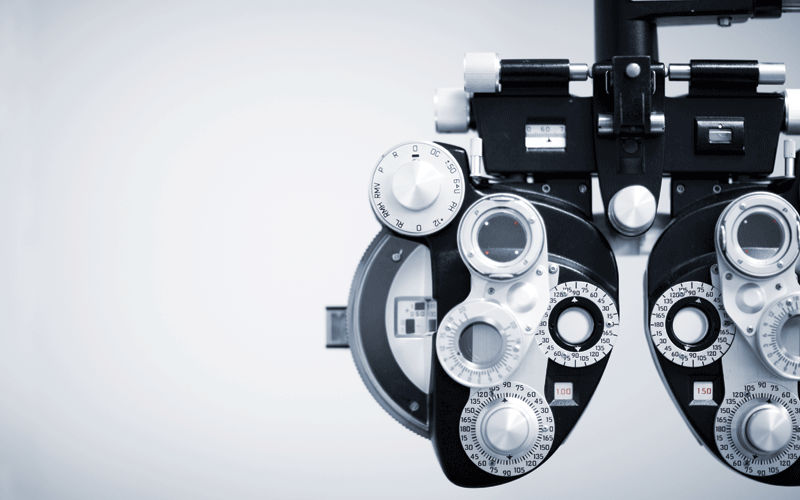Innovations In Vision Care Are Changing The Way We See

Innovations in vision care have us looking at things in a whole new way.
Now Read This
Presbyopia, the scientific term for why-does-the-small-print-keep-shrinking, often starts in our 40s.
Today, there are new ways to treat problems with reading vision. One surgical option is a corneal inlay device – a tiny, flat ring that slips into a pocket in the cornea and corrects reading vision. The KAMRA inlay has been available in Canada for the past couple of years, and other models will soon enter the marketplace.
Or if you’re having cataract surgery, in which an artificial intraocular lens (IOL) will replace your cloudy natural lens, you can opt for an IOL that will also treat presbyopia.
With both these surgeries, it can take up to six months for your brain to adapt. And don’t expect to re- store the vision from your 20s.
“If you’re well prepared for that, you’re much more likely to be happy post- op,” says Dr. Setareh Ziai, an Ottawa ophthalmologist.
For those who wear contact lenses, both bifocals and more advanced multifocal lenses for multiple distances are available.
There’s even buzz about Google’s smart lens technology, which might one day use miniature electronics to automatically correct reading vision. Ziai says many people getting contacts or IOL are opting for monovision, putting a distance lens in one eye and a reading lens in the other.
“Your brain learns over time to favour one eye, depending on what you’re doing,” she says.
Not every solution is right for everyone, so it’s important to speak to an ophthalmologist or optomet- rist who knows your history. “There are so many options that it’s really worth a visit to your eye-care provider,” says Ziai.
But reading glasses may never completely fall out of fashion. After all, they’re convenient, inexpensive – and often fabulously stylish.
Eye Catching
In 2011, a research team at the University of California discovered that a thicker limbal ring – the dark circle around the coloured part of the eye – makes us appear more attractive to others. Babies have the most defined limbal ring, which, along with the intensity of eye colour, diminishes as we age.
Enter 1-Day Acuvue Define contact lenses ($40 for 30 lenses), which brighten eyes with natural-looking variegated strands of colour embedded in the lenses and create a defined outline around the iris without changing the eye’s natural colour.
Available in three increasing degrees of intensity, they’re unlike “fashion” contact lenses (no fake Windex-blue irises here), and the effect is astounding yet subtle. Define lenses enliven the face but in a way that’s difficult to pinpoint, and it’s not obvious that one’s eyes look different. The imperceptibly tweaked colour suggests, rather than a contact lens, access to a time machine or a restful island vacation.